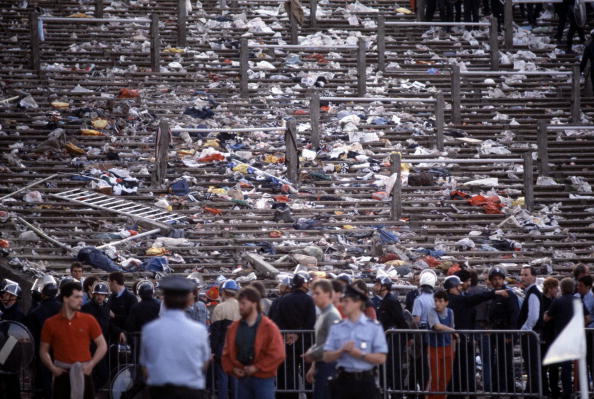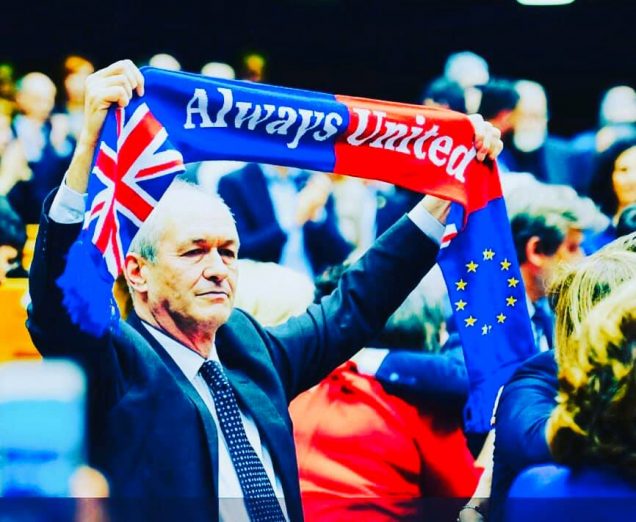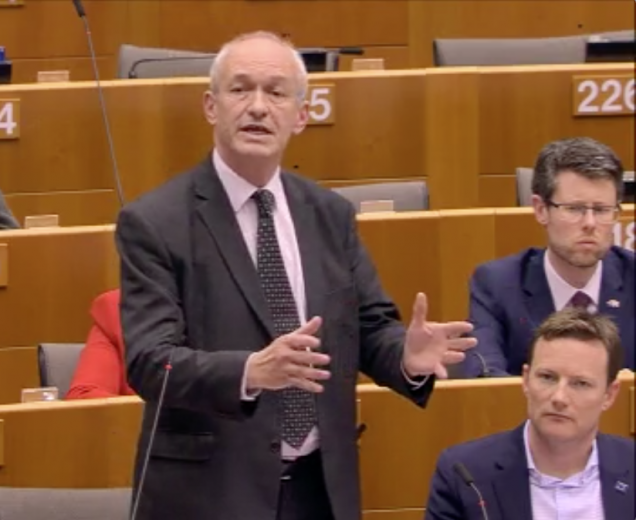Thirty years ago today, I was in Block Z of the Heysel stadium, while 39 people died just a few metres away from me. The memory of this has haunted me ever since.
It was also a sobering lesson of how public authorities can try to absolve themselves of any blame, something sadly witnessed again four years later at Hillsborough.
Block Z was the section where tickets had been sold locally and it contained a mixture of Liverpool, Juventus and neutral fans. A relatively minor scuffle (certainly by the standards of those times) led to a crowd movement, with some trying to move away on to the pitch — where they were repelled by Belgian police — and others trying to retreat back through the entrance gate at the top, where I was, and where the official closed the gate saying that once he had checked people’s tickets and they had entered, they couldn’t go out again!
This caused people to move sideways and clamber over a wall. Because of the decrepit state of the stadium, which should never have been chosen for such an important match, the wall collapsed, causing the fatal crush.
Although people were eventually stretchered away, it was not immediately apparent to anyone except those nearby that people had died. An announcement was made over the tannoy simply said the match would start late. The Belgian authorities decided to keep information of the deaths from the crowd, and, even more astonishingly, to go ahead with the match. The reasoning for this was that they thought that announcing that people had been killed would cause fans to riot, and they used the time to bring in thousands of armed police in riot gear.
In fact, the news soon spread by word of mouth (even in those pre-mobile phone days, as some people had brought transistor radios). Far from triggering riots, it had a sobering effect once initial disbelief had dissipated. There was no risk of riot, but the prospect was talked up by the Belgian authorities, who were anxious to blame the whole thing on rioting fans, not on their own failures.
It was only after an 18-month investigation by a Belgian judge (Marina Coppieters) that a more balanced picture emerged. She concluded that blame should not rest solely with the fans, and some culpability lay also with the police and authorities. Several top officials were incriminated by her findings, including police captain Johan Mahieu, who had been in charge of security. He was subsequently charged with involuntary manslaughter.
Albert Roosens, the head of the Belgian Football Association, was also charged, and criticised by UEFA. But UEFA itself also had an interest in deflecting blame, and in the meantime it had banned all English clubs from European football for six years (and Liverpool for three extra years).
Some good eventually came of it in terms of safer stadiums and more sensible security. But it’s tragic that this came too late for the 39 people who lost their lives, and my thoughts today are with their friends and families.





